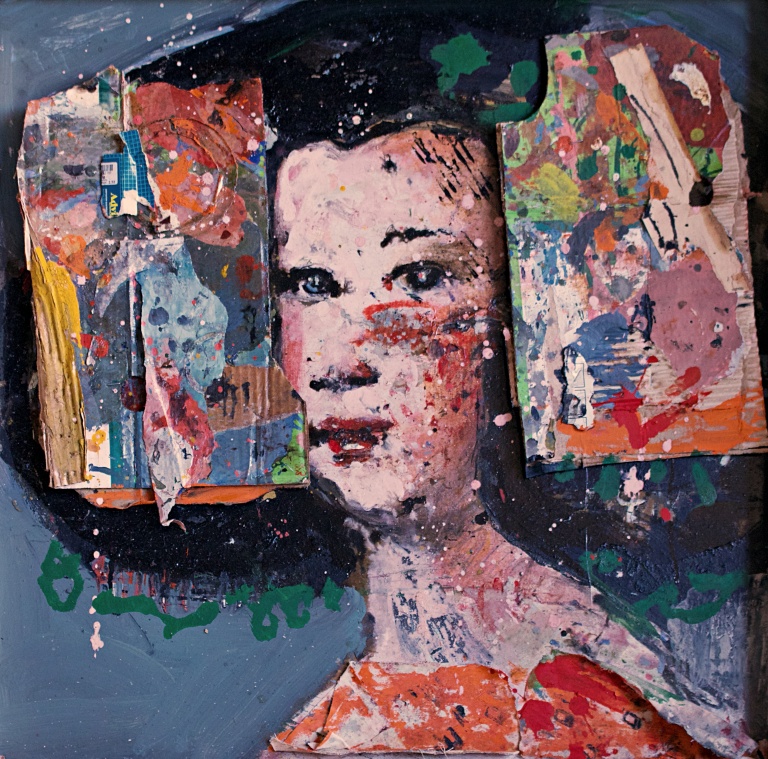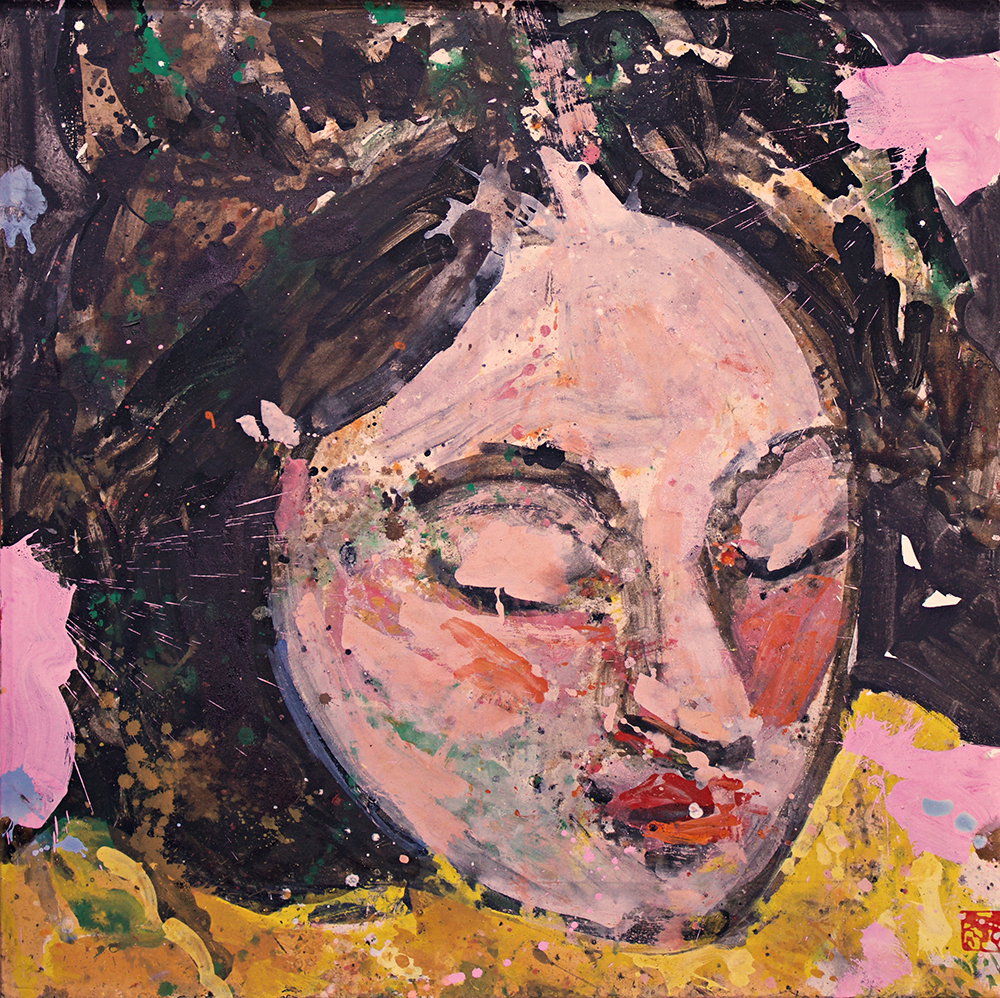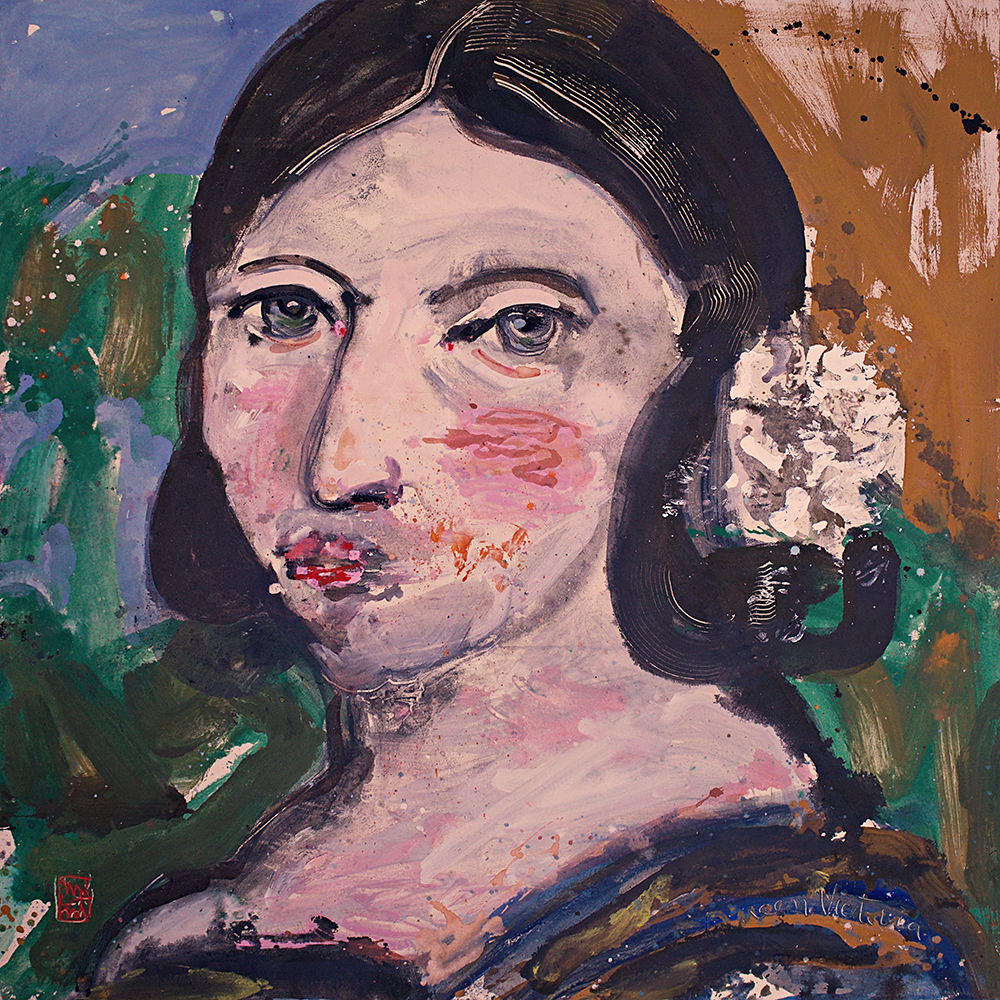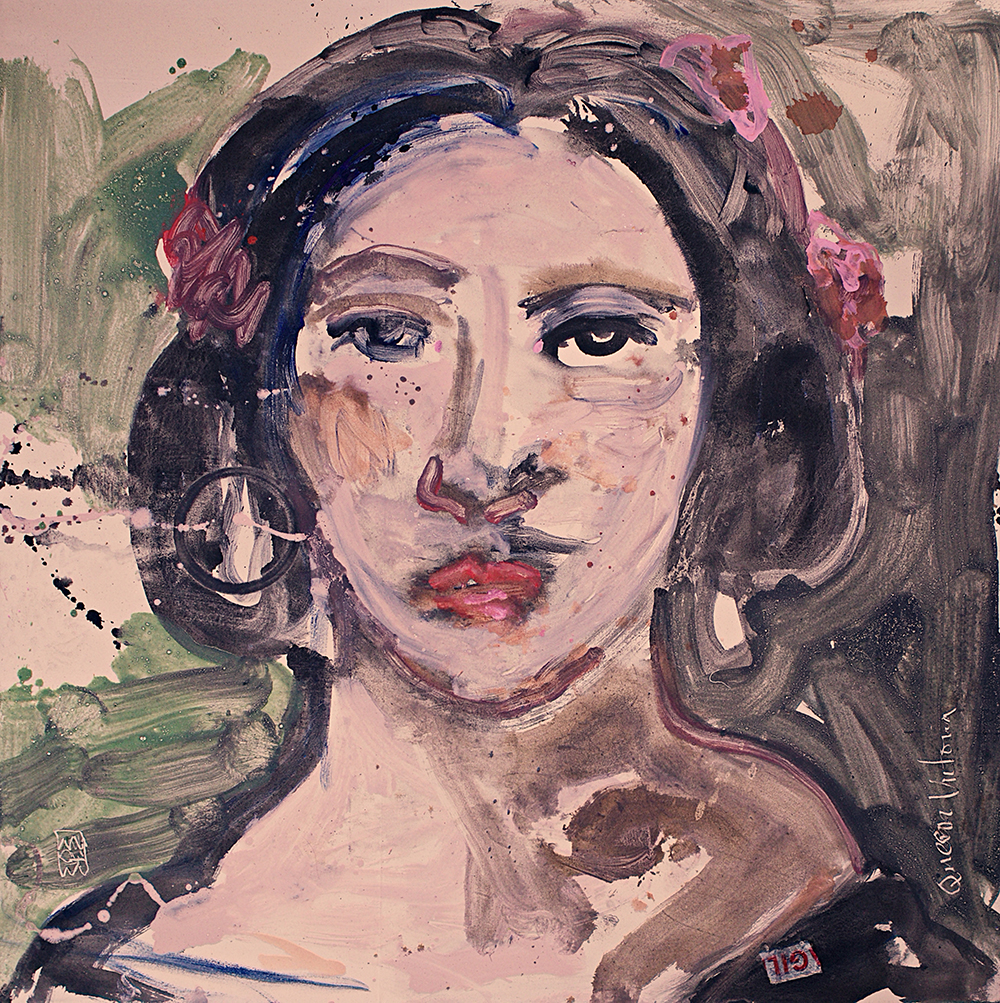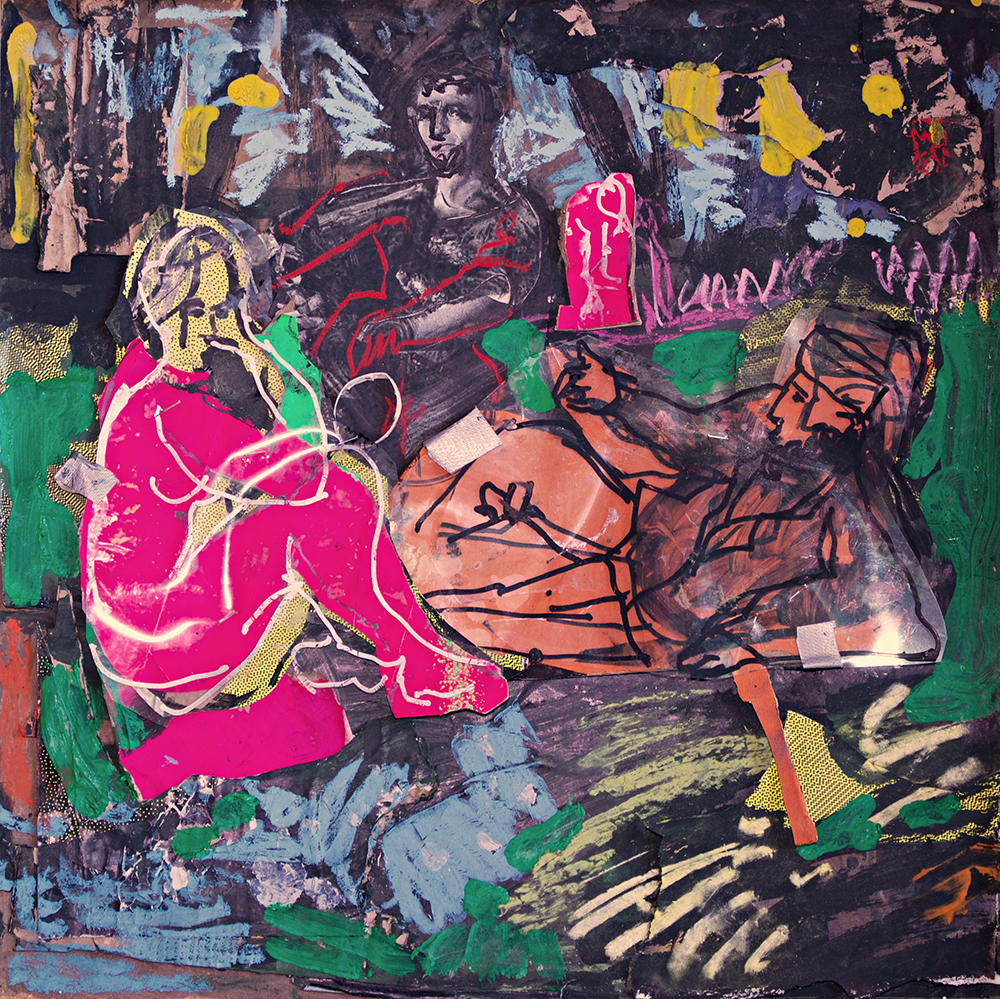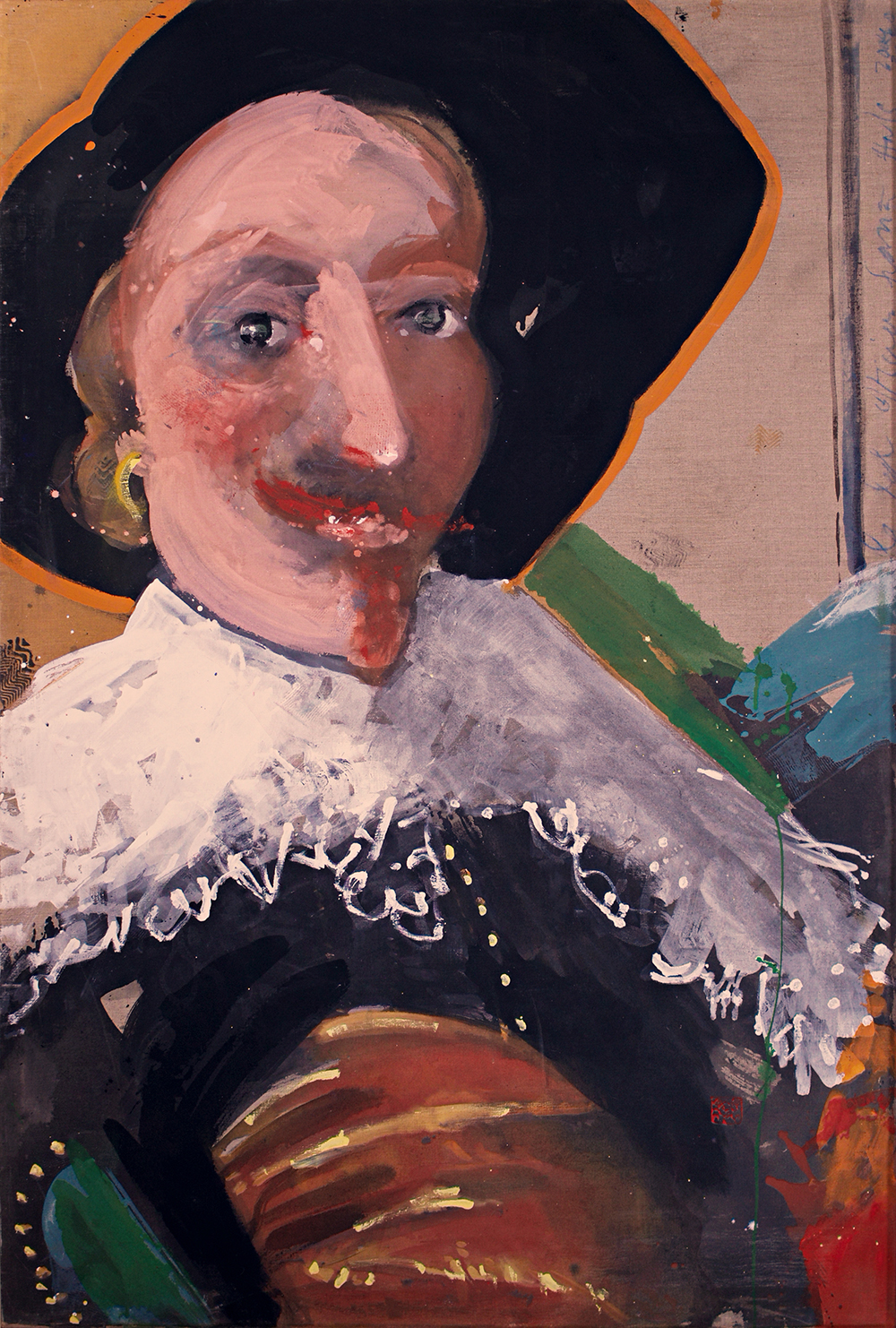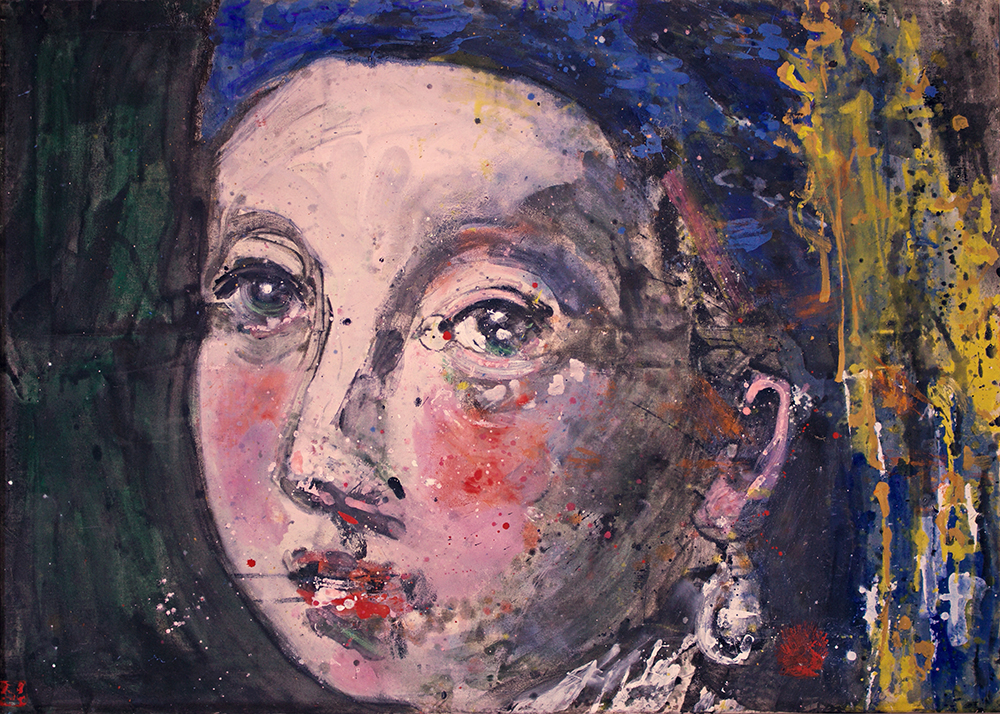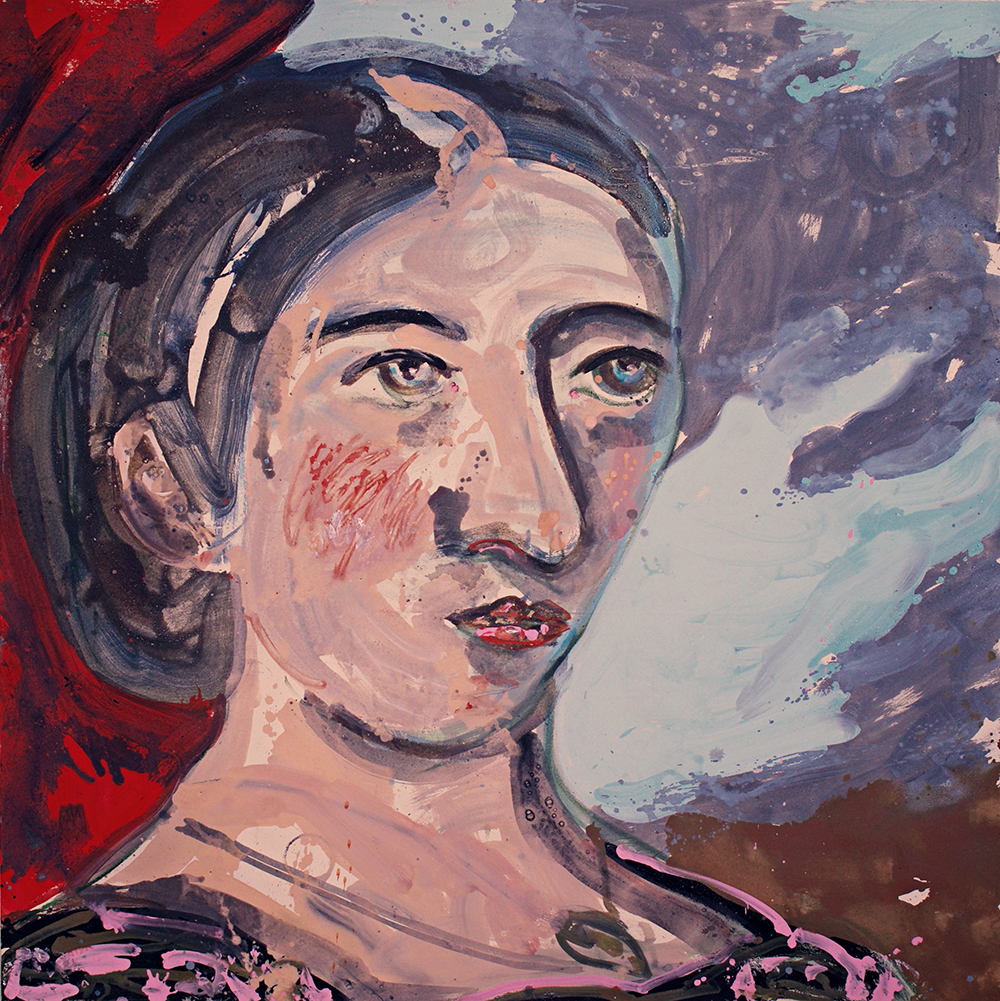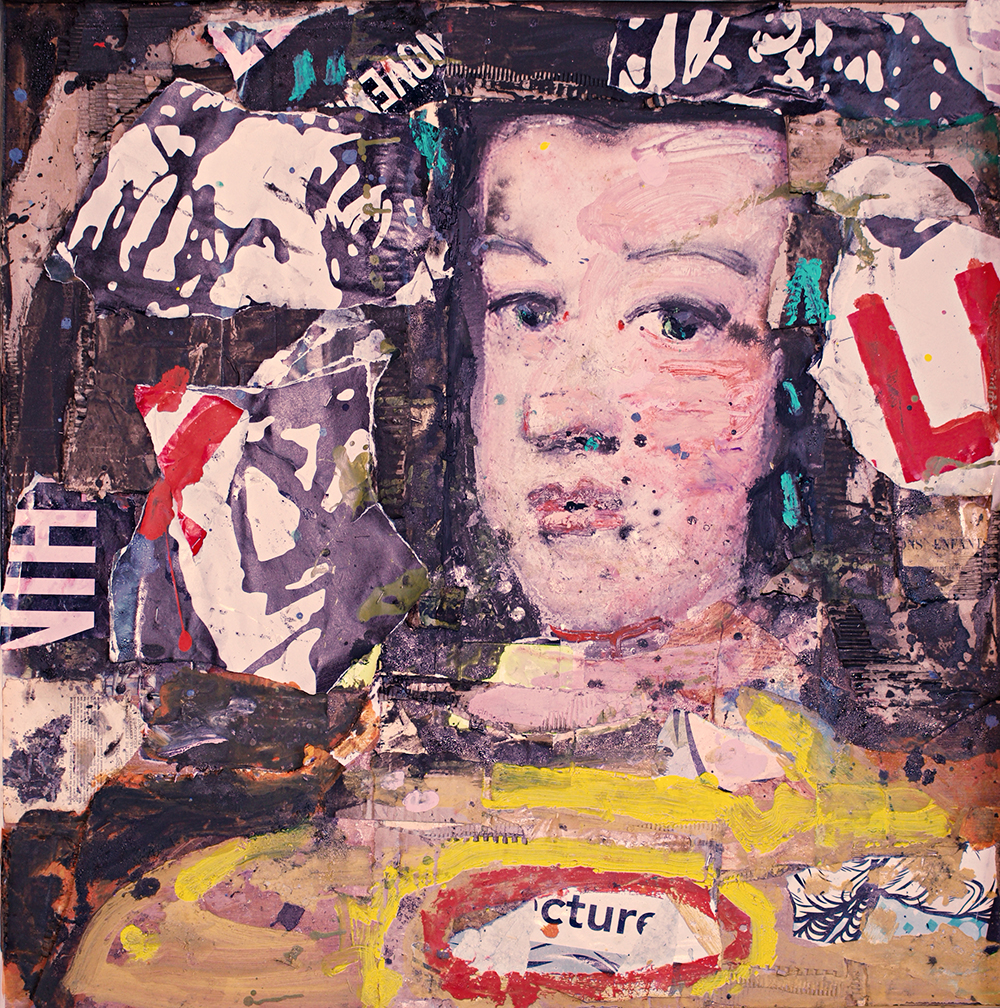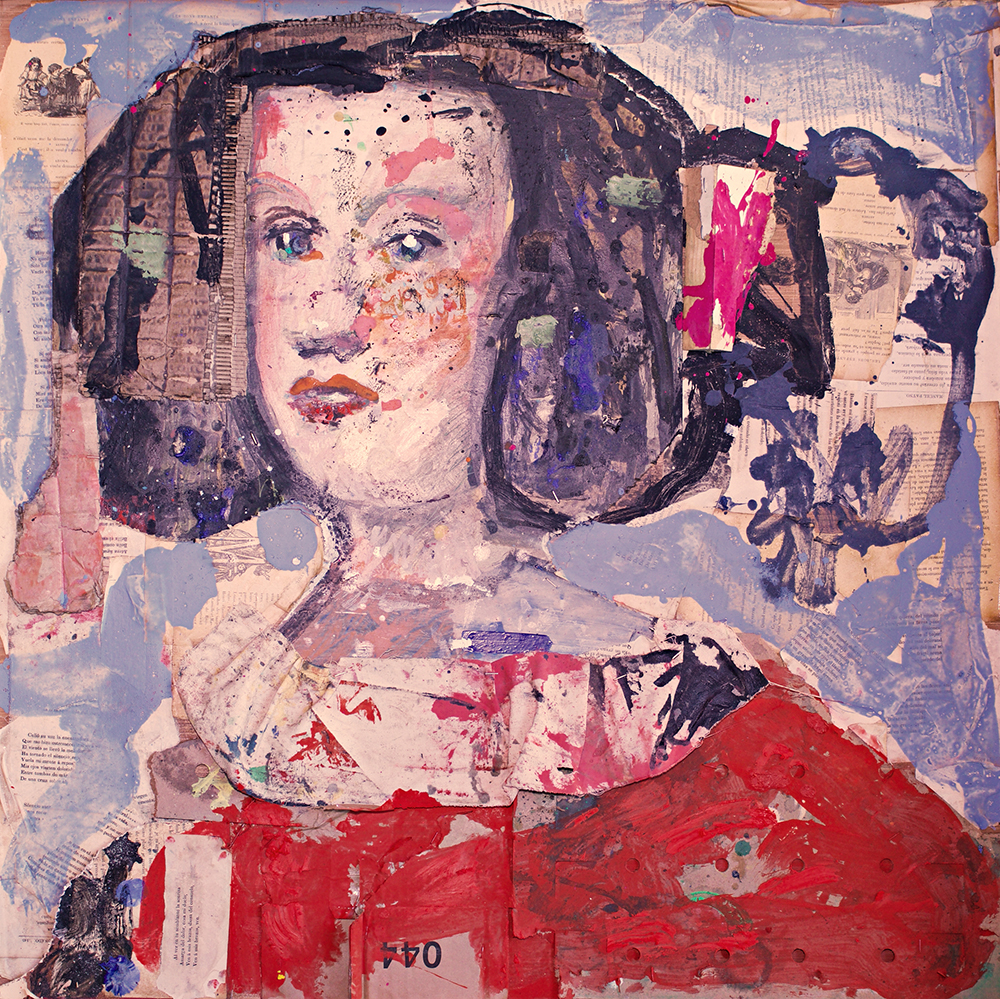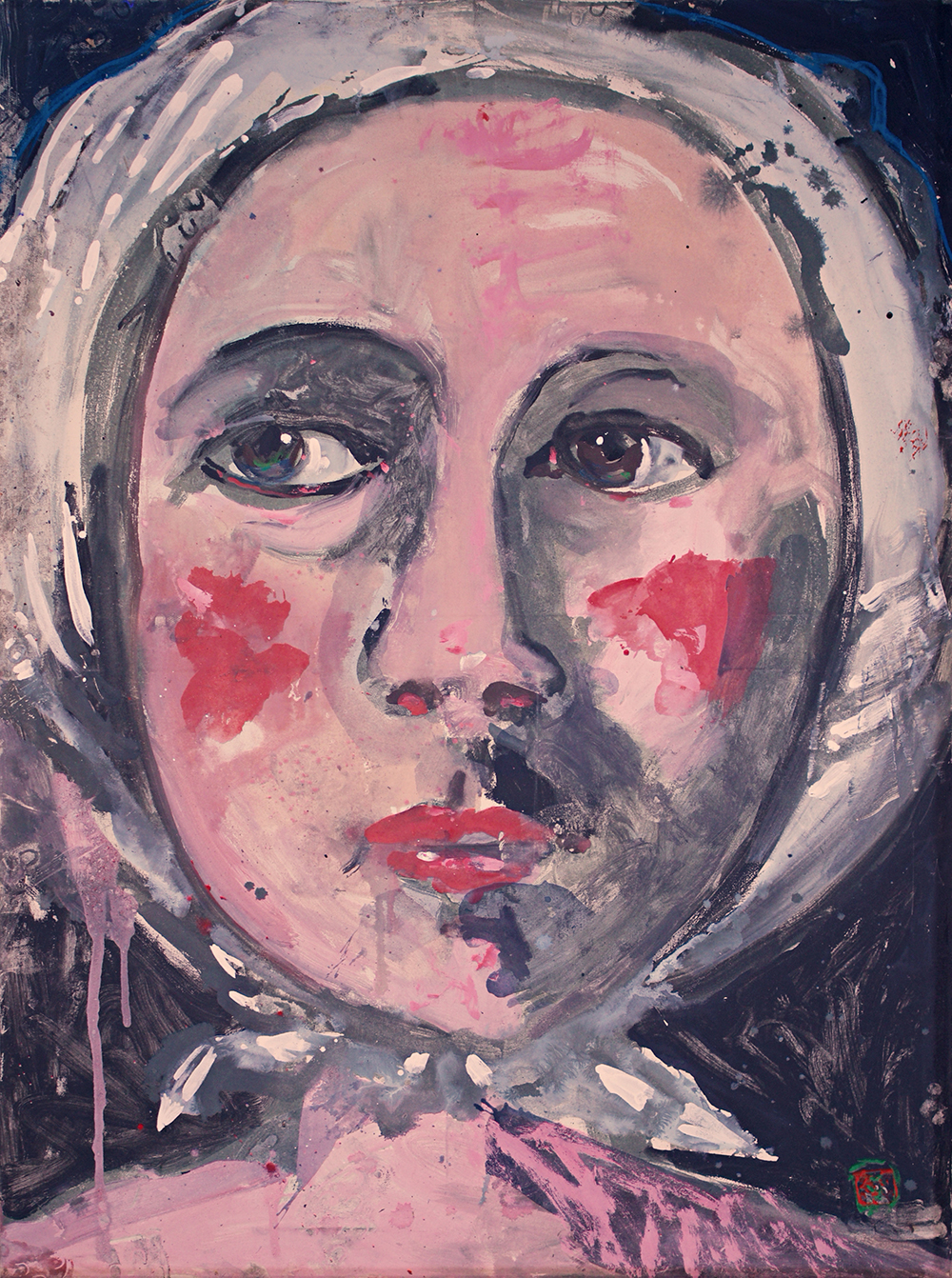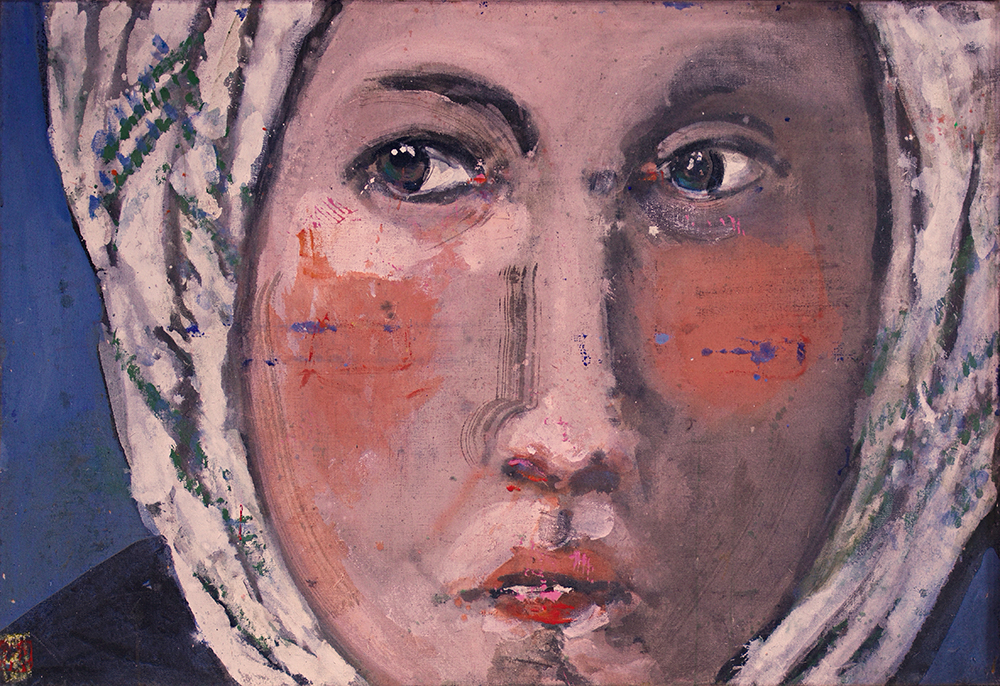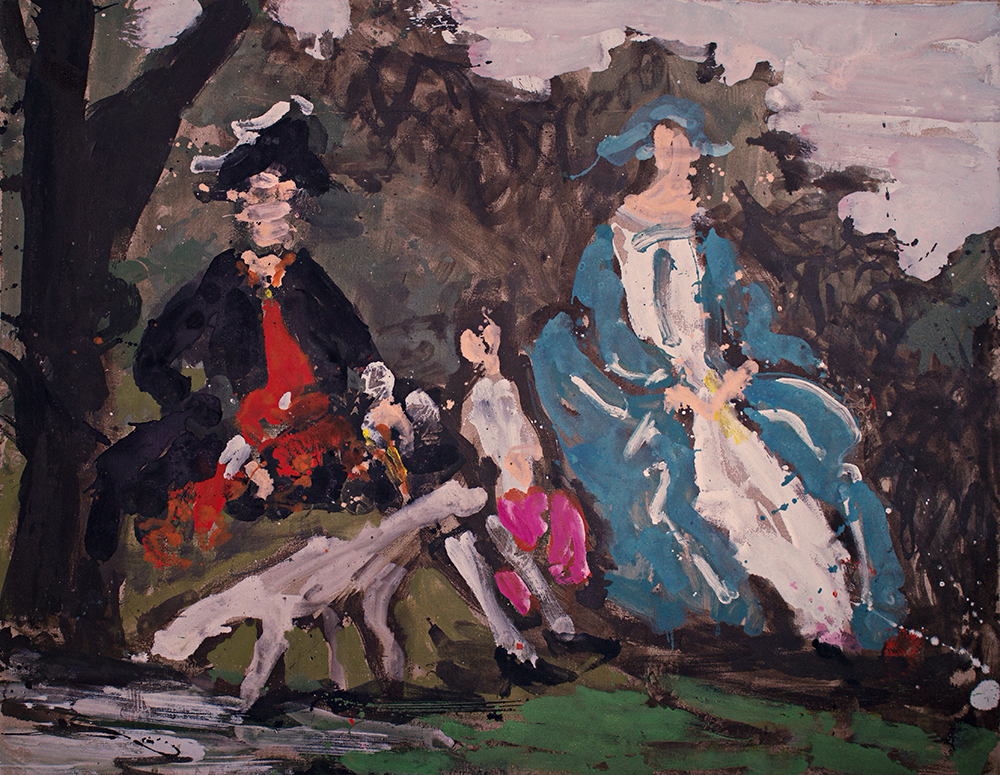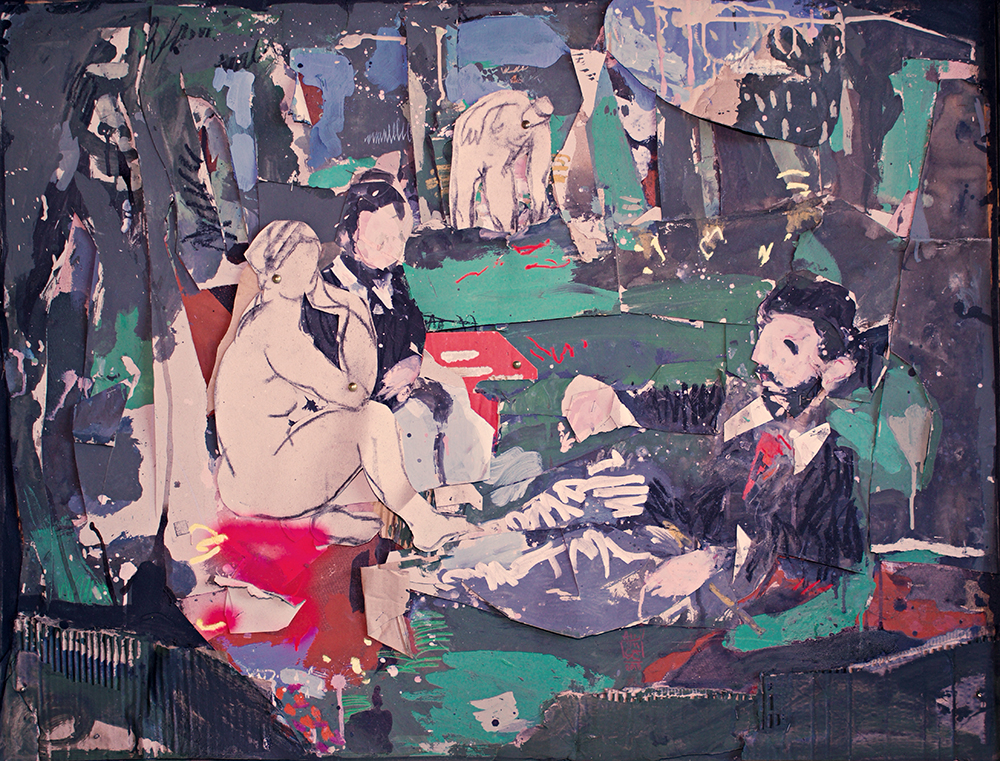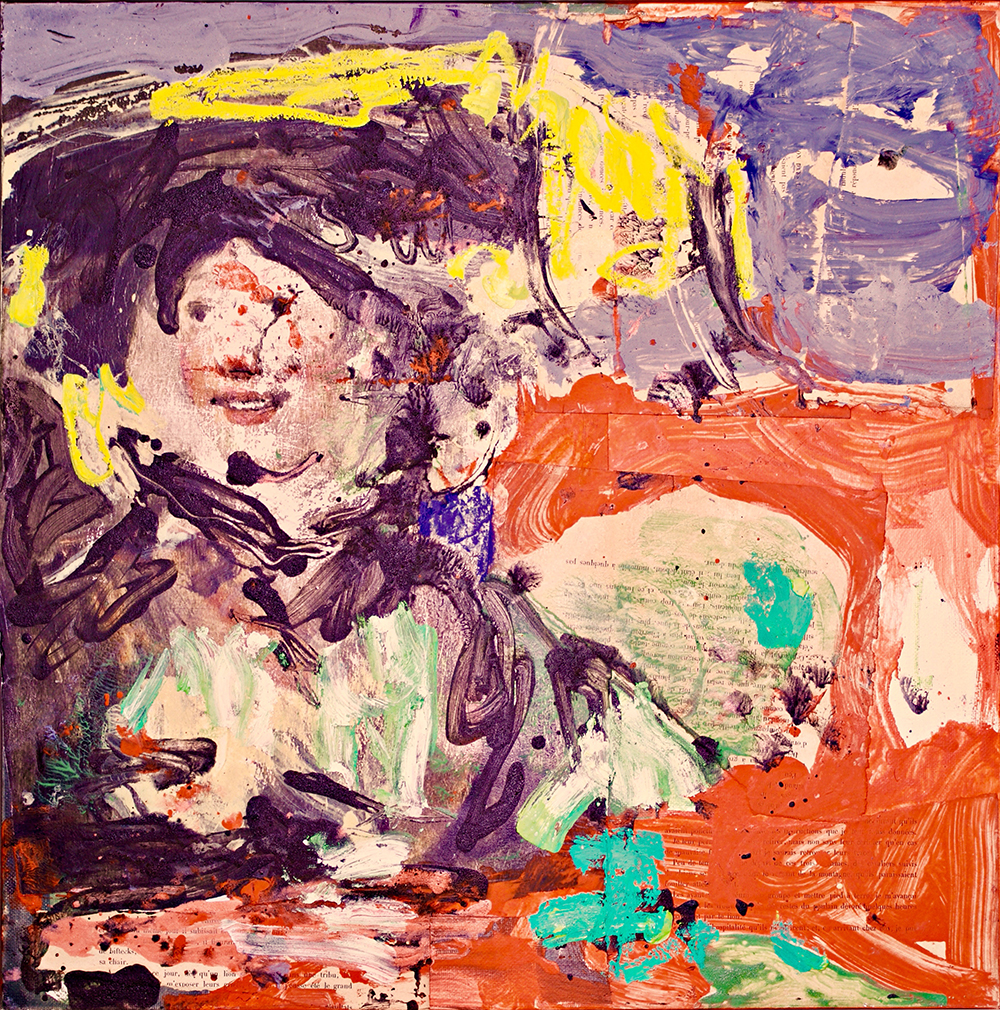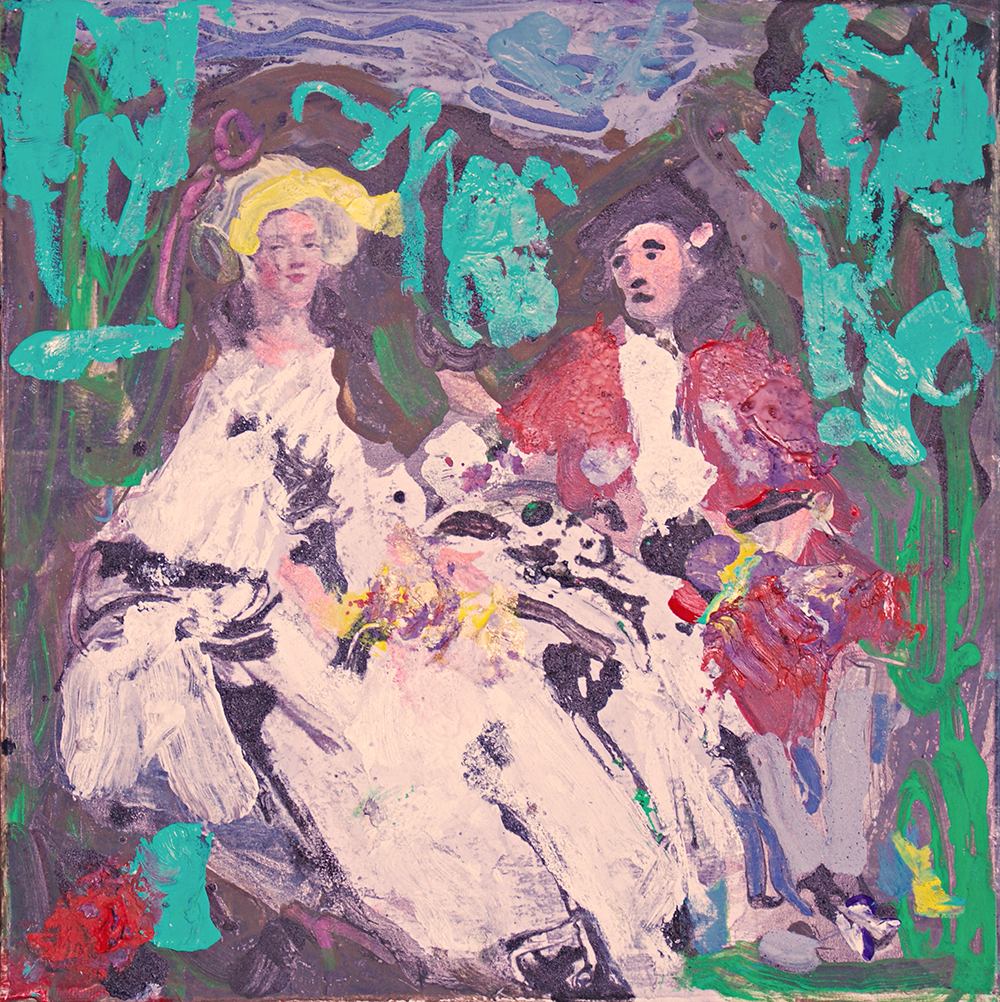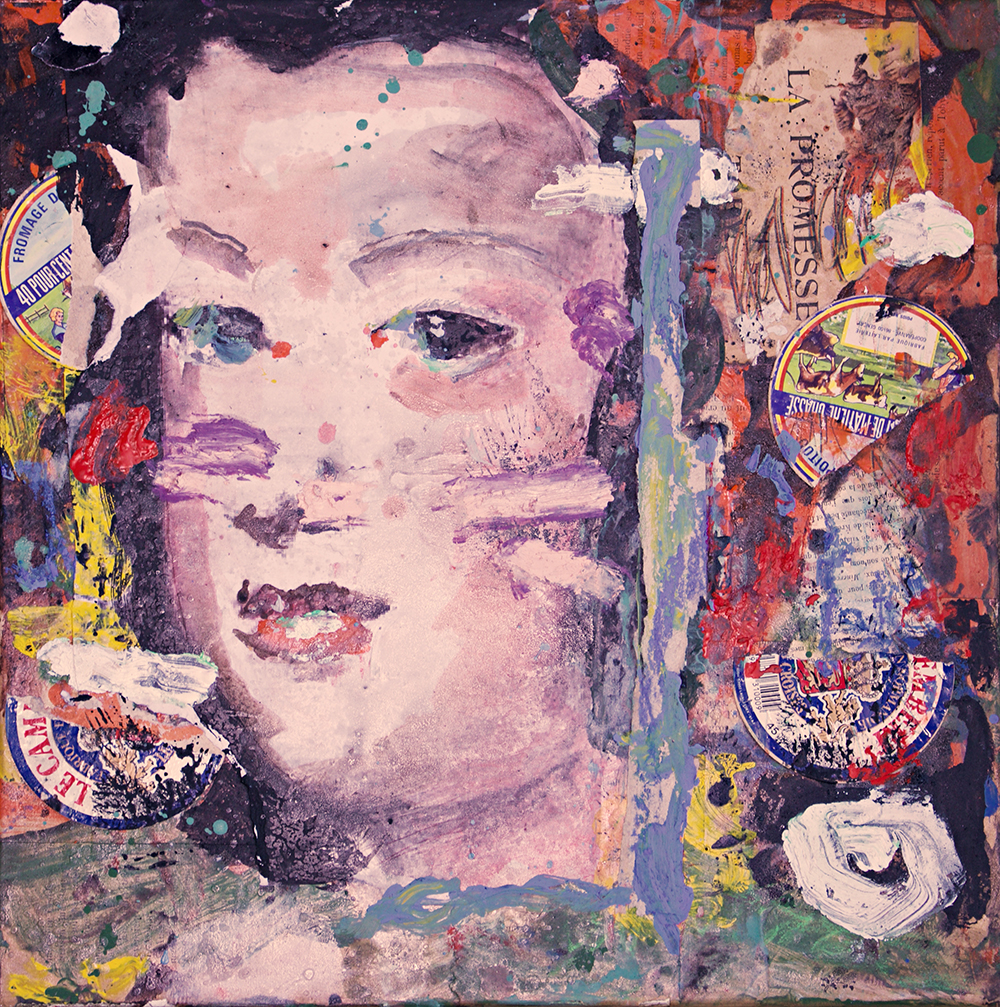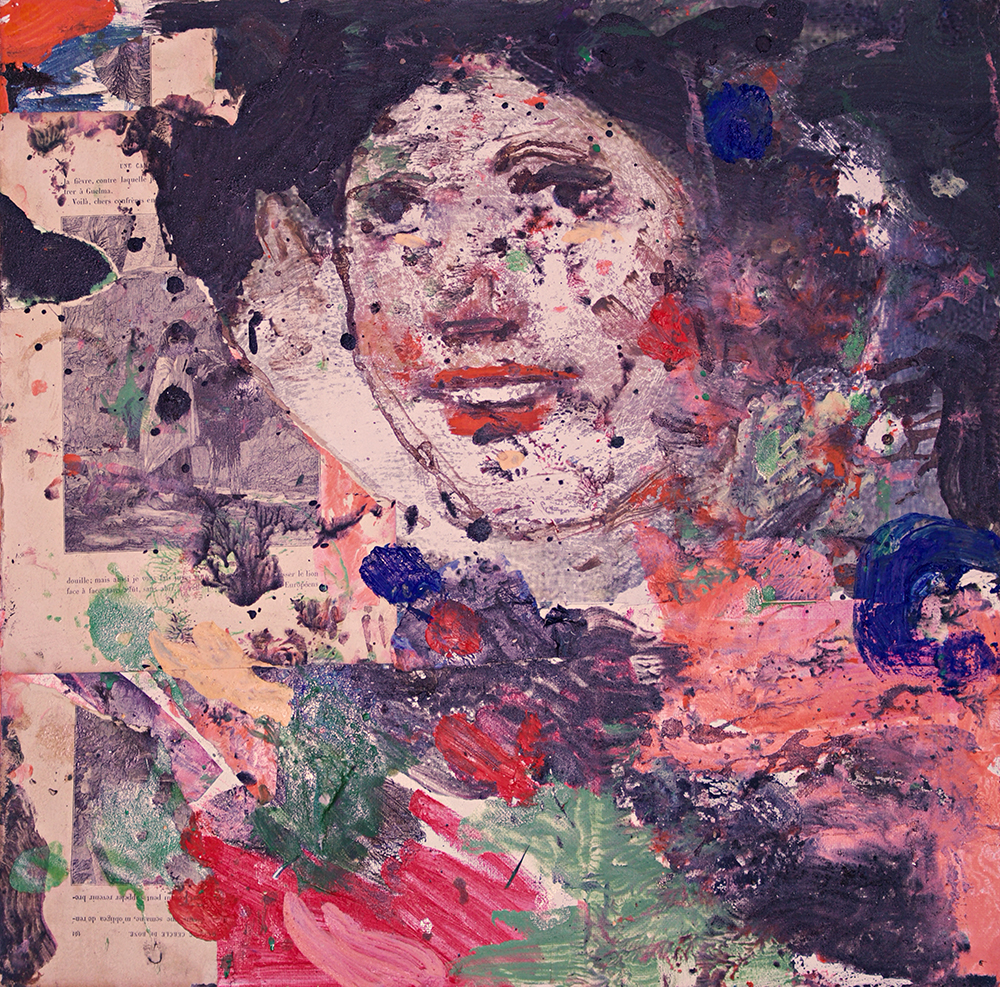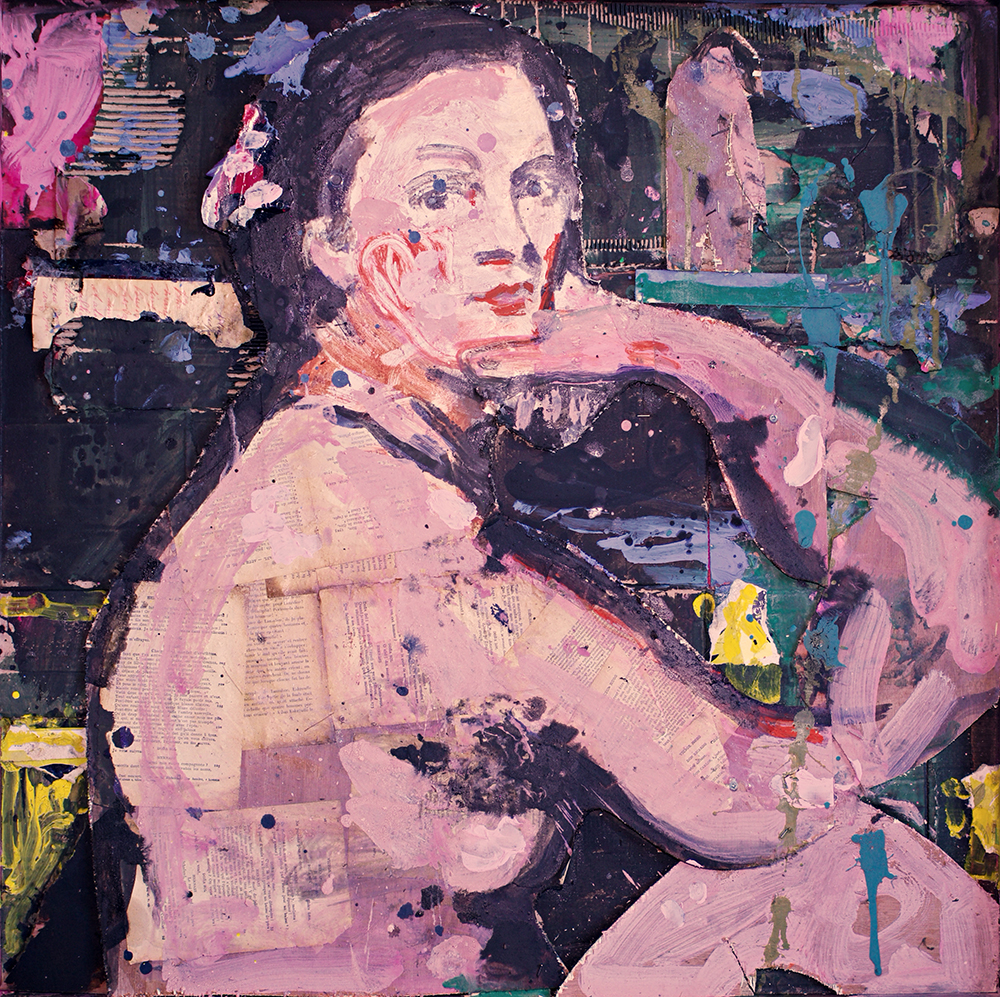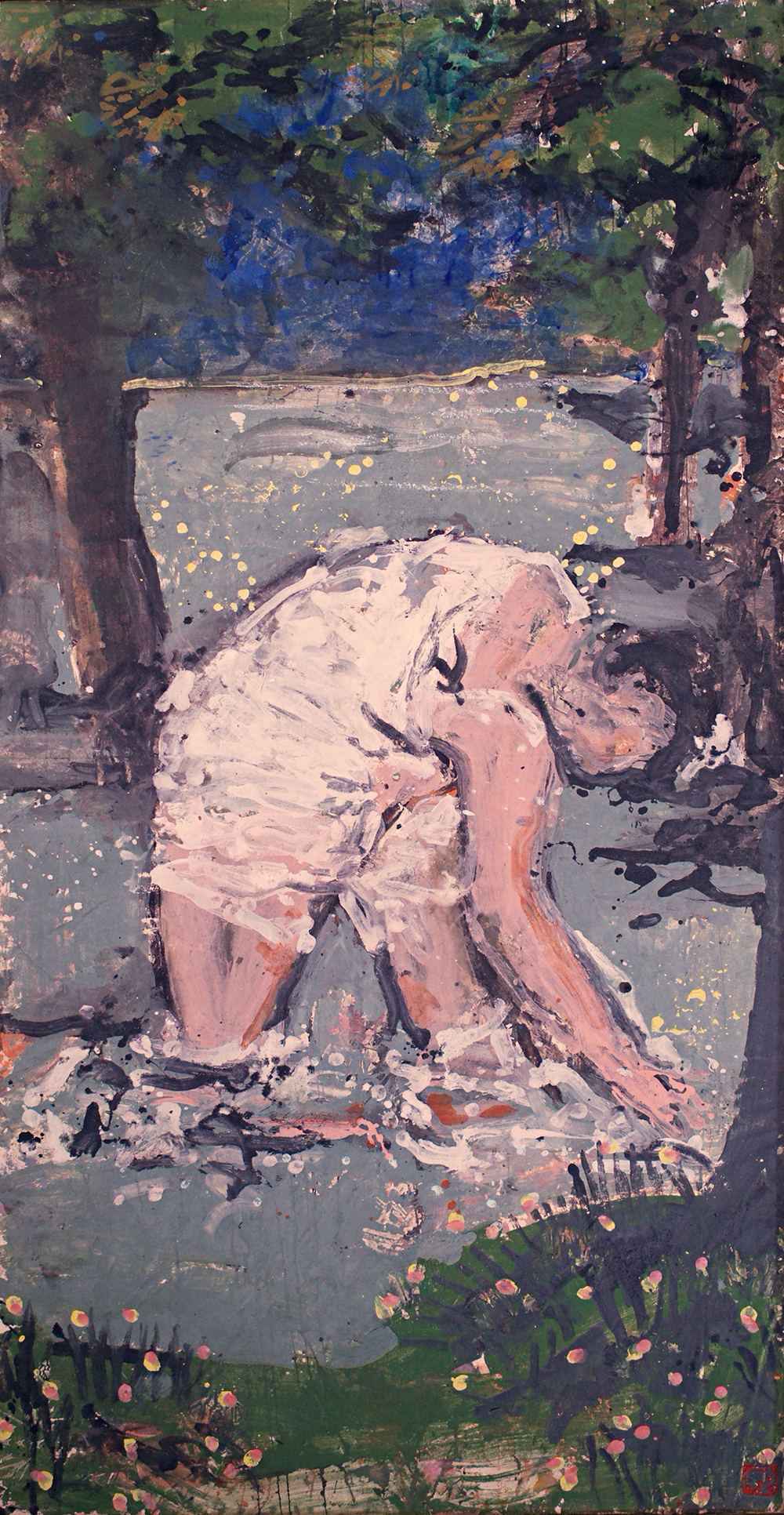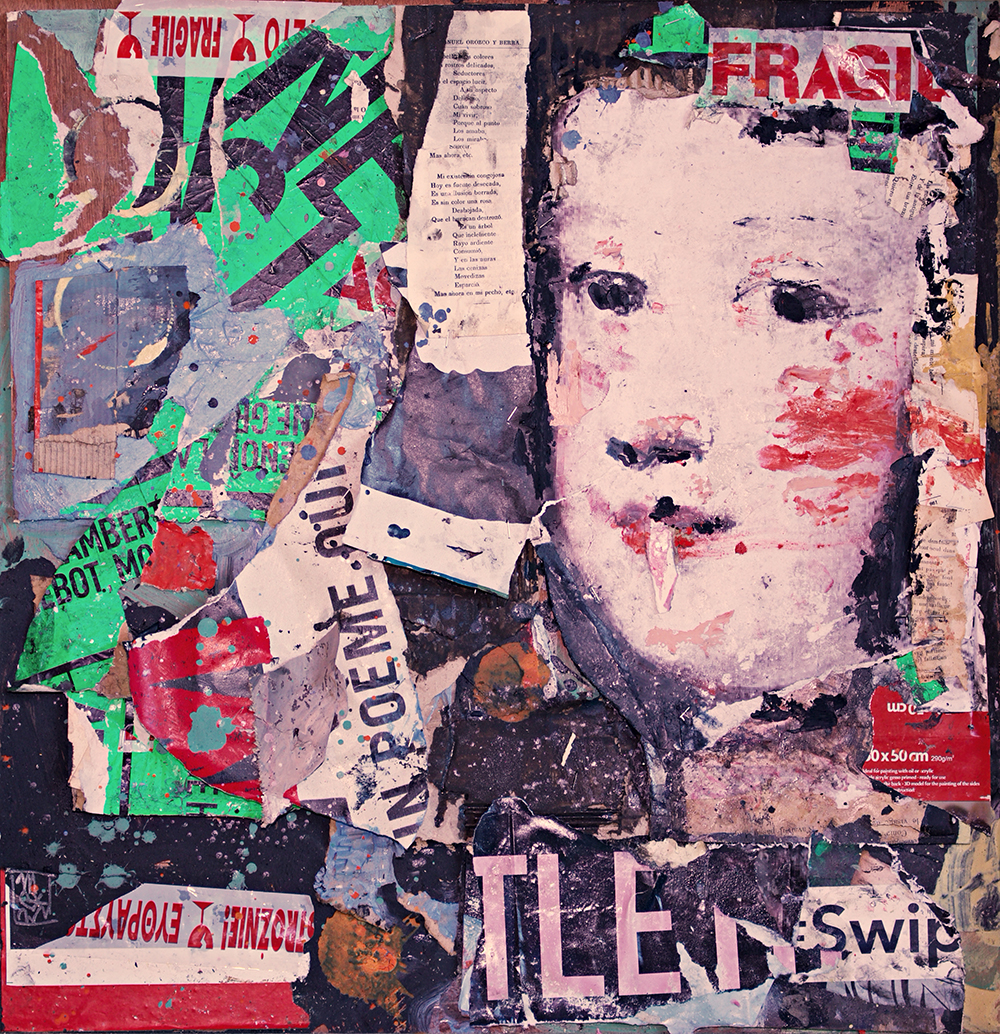Biography
Charlotte de Maupeou est née en 1973.
Elle a étudié au Royal College of Art de Londres et à l’Ecole Nationale Supérieure des Beaux-Arts de Paris dont elle est diplômée. Elle a également été membre de la Casa de Velázquez à Madrid.
Ses œuvres ont notamment été exposées à New-York, Madrid, Londres, Paris, Ahlen (Kunstmuseum), Nantes, Saumur (Centre d'Art Contemporain Bouvet-Ladubay, ainsi qu'à Tours (Galerie Olivier Rousseau).
Un geste fort, une détermination à entrer dans la peinture caractérisent l’ensemble de ses travaux. Les touches sont rapides et spontanées, à grands traits la toile est nourrie par de larges coups de pinceaux. Derrière cette énergie déployée, il y a aussi une cohérence, un contrôle qui fait toute la force de sa peinture.
Charlotte de Maupeou, que les grands maîtres ont nourrie, rend souvent visite aux classiques de la peinture, donnant sa version d'oeuvres de Manet, Courbet, Vermeer, Hals ou Vélasquez. Elle colle, cloue, bricole, ose des couleurs fluorescentes. La matière, la texture, la fluidité de sa peinture et de son geste non effacé confèrent un aspect contemporain à ses réinterprétations. Elle joue avec les représentations, ses peintures détiennent la puissance de la transgression, libérant parfois ses immenses toiles de leur cadre, pour les peindre à même le sol.
Au cœur des œuvres de Charlotte de Maupeou, il y a le cycle de la nature.
Peintre concernée par la vie et comment elle se manifeste, elle peint sur le motif des paysages, cabanes de pêcheurs, de grandes fleurs à la force poétique enveloppante ou encore son chien de chasse dans de verdoyants bords de rivière. Elle nous convie à une expérience artistique et sensorielle intense. Ses oeuvres exhalent un parfum de grande liberté.
Les figures féminines sont également indissociables du travail de Charlotte de Maupeou. Après avoir réalisé des portraits de géantes, créatrices et femmes artistes comme Niki de Saint Phalle, Sonia Delaunay et Louise Bourgeois, elle s'est mise à nu dans son travail le plus récent, réalisant de grands autoportraits, pour la première fois présentés à l'occasion de cette exposition à la Collégiale Saint-Pierre-le-Puellier.
Why Joséphine works with Charlotte de Maupeou
The first time I saw Charlotte‘s work was on a cold, misty January morning in St Ouen les Puces, during a short trip to Paris. I had organised lunch with a French artist that I exhibit in London every year, and wanted to help her find representation in a Paris-based Gallery. So we went to meet the owner of a brutal art shop who specialised in good, interesting outsider artists.
We walked in and I started introducing myself and the the artist to the gallery owner. While they had started engaging in a positive conversation, I looked around.
And that is when I saw those immense, stunning colourful half naïve - half figurative portraits.
The balance between the real and the dream was astonishing. The author of those works had found the perfect equilibrium between both genres.
You could distinguish Life through the movement depicted in the forms, but there was also areas of stillness in the same paintings, that could only have been made by a good, strong, abstract painter.
There was something that their author wanted to show and make very clear, a form of confidence, and there was something else, something that she wanted to hide away and keep all to herself.
This left the audience wondering, it resonated in me and surely caught my attention, also because Charlotte knew exactly how to show that past Art references and present ones can beautifully cohabit together.
My heart was beating fast, not knowing whether I should be spontaneous about the visual shock or keep it quiet… I didn’t want the gallerist to know that I, the London-based gallerist, was showing any emotion or interest for what she was exhibiting. It would have been inappropriate to ask more about Charlotte. Charlotte was her selection and I respected that and wanted her discussion with my present artist to carry on in a positive direction.
So we left, but I thought of those paintings not just throughout my train journey that same day back to England, but for many, many more days after that.
A shock had been created and I wanted her in my gallery.
There was something very, very special and unique in those works and spectacular too and I wanted to know the person who was behind them.
It didn‘t take long before I got hold of Charlotte’s number.
Part II
Our first encounter.
Three weeks later, here I was on the Eurostar again, outbound this time, to meet the mysterious author of those works .
Charlotte was going to pick me up from le Mans station, the closest station for her. We were in for a whole day together.
When she started driving I realised this might be my last journey on Earth. She was the most authentic hyper-active person I had ever met. Totally unfocused on the road, changing gears for no reason, never breaking in tiny countryside road bends, driving as fast as she would have on a desert highway. I liked her already.
She was what I would have probably become had I been brought up in France. We spoke of Hunt and how we loved a good deer in a plate with french fries. She spoke about her failures at school completely bored and unfulfilled with ordinary methods of teaching, which I couldn‘t agree more with since I never adhered to the French teaching system that cares only for maths and sciences.
The more she spoke ,the more I thought how strange it was that she managed to find her element and thrive in it ,and the more I realised how strong a woman she was. Self taught at first and then getting a more formal training at the beaux Arts and Royal College of Art which she didn’t particularly want to fit with – but then Charlotte will never like anything that derives from theory –, feminist, engaged in causes that only American women actually take seriously. She was …phenomenal.
Her studio is the most amazing village house I have ever seen. It was freezing cold and I was going through the worse tonsilitis I had ever had, and she brought a basket in from her car, full of wine, cheese, bread and fruits from her garden, ripe apples and pears, a true delight in a wicker basket and wrapped in a red and white checks kitchen towel. All the French ingredients were there.
The Labrador arrived and jumped in her arms and the husband showed up with some paracetamol for me after a quick phone call from Charlotte. Caring people, so French and so loveable, the perfect countryside and yet sophisticated too utterly bohemian, authentic couple. I was projected in another world and it was a dream.
Wine did the trick and I felt a bit warmer after a few glasses in that vast church-like studio, and after picnicking with them I spent the most magical, friendly moment I had experimented for years.
I had made new friends. The rest unfolded and Charlotte was in London for the Opening of an exhibition here 30 days later.
Charlotte has mastered her failures and so called defaults and transformed them into huge strengths and successes, she really is a strong believer in hard work, effort and determination, and has all my respect for that .
A beautiful encounter.
Exhibitions @ Joséphine
More information
- 2020 Gallery Josephine Clavel Londres UK
- 2019 Orangerie de la propriété Caillebotte, Yerres
- Musée de Vendôme, abbaye de la Trinité, Vendôme
- 2018 Collégiale Saint-Pierre le Pellier, Orléans
- Galerie Olivier Rousseau, Tours
- 2015 Musée de la faience, Malicorne édition de Céramiques
- 2014 Union des Arts Plastiques à Saint-Etienne du Rouvray
- 2013 Hôtel de Ville du Mans Curator Lucien Ruimy le Mans
- 2008 Galerie Hambursin-Boisanté, Montpellier
- Galerie Hambursin-Boisanté, Montpellier
- 2003 Galerie Aittouarès, Paris
- Galerie Berthet, Paris
- Institut Français de Valence ESPAGNE
- 1994-1995 Watts Gallery, New-York, USA
Further Information
- 1990-1991 Assistante au bureau de style de Jean-Charles de Castelbajac
- 1993-1999 Ecole Nationale des Beaux-Arts de Paris
- Atelier Vincent Bioulès, Jean Michel Albérola, Jean Pierre Pincemin, Vladimir Veličković
- 1998 Royal College London UK
- 1999 DNSAP diplôme atelier de Vladimir Veličković, Paris
- 2000-2002 Membre de la Casa Vélasquèz, Madrid
- 2003 Prix Georges Wildenstein, Institut de France
- 2011 Atelier de gravure Tétouan, Maroc
- Institut français, Galerie Delacroix, Tanger MAROC
